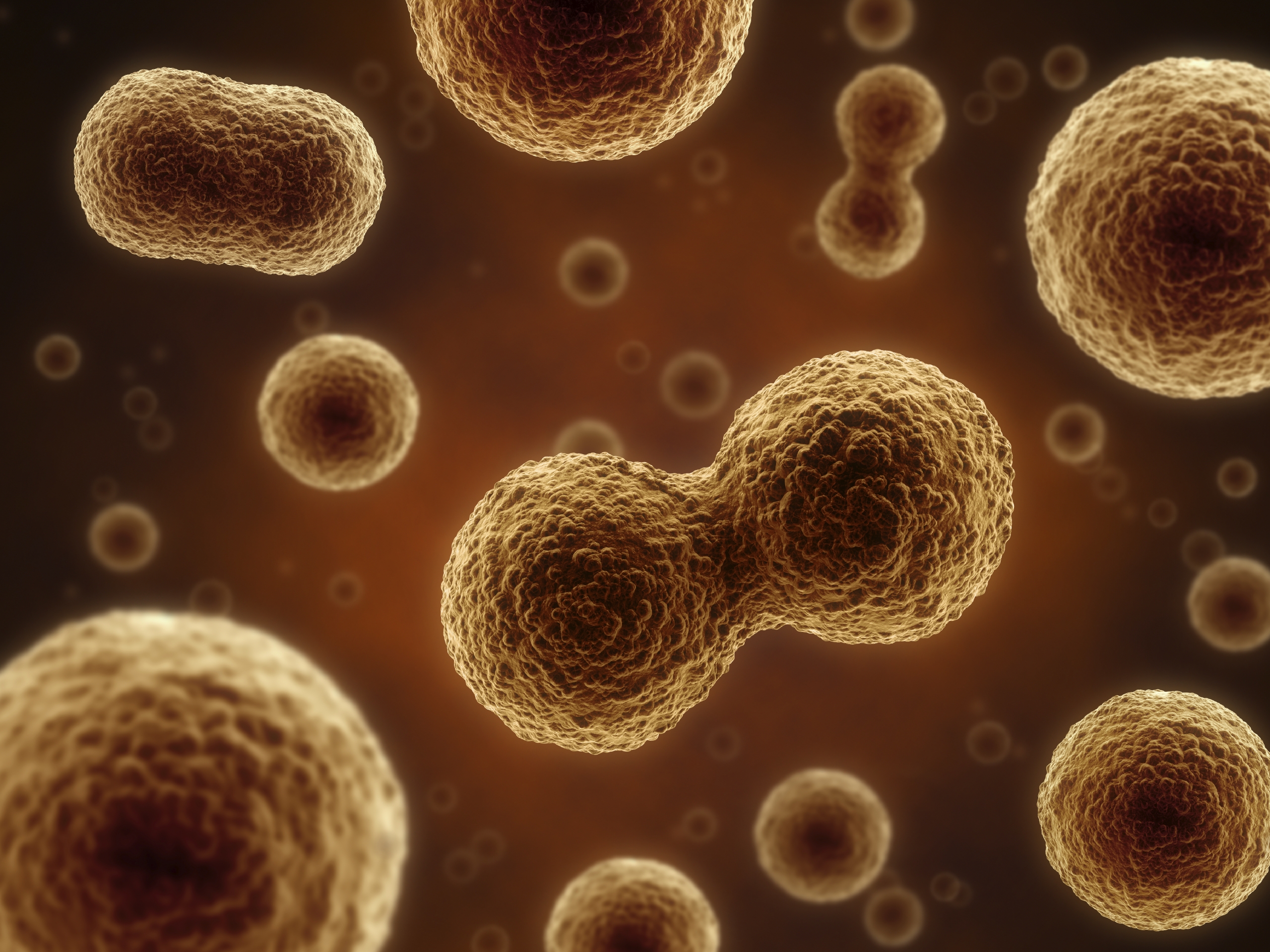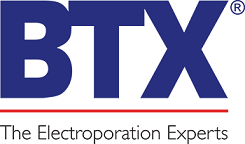Electrofusion Basics -
Combining Wave Forms to Create an Electrofusion Protocol
By Michelle M. Ng, Ph. D.

The joining of membranes of neighboring cells by the application of a pulsed electrical field is called Electrofusion. Electrofusion is widely used for hybridoma creation for monoclonal antibody production, transgenics/somatic cell nuclear transfer applications, hybrid plant creation and functional studies combining two different cell types with different properties.
In this post we’ll explore the types of electrical wave forms used for electrofusion and outline the way that these waveforms are combined to make a successful electrofusion protocol.
 AC sine wave form
AC sine wave form
2) Direct Current (DC) Square Wave pulse has a single polarity and voltage for a defined pulse length time.
 DC square wave form
DC square wave form
A successful electrofusion protocol is made up of the three following stages:
1) Alignment. AC waveform is applied to align cells by a process called dielectrophoresis. The alternating current electric field induces cells to move and act as dipoles with negatively charged and positively charged sides. As cells move the dipoles attract, and the cells line up into pearl chain formations as in the micrograph below.
 Pearl chains of aligned cells
Pearl chains of aligned cellsClick here to visit our Electroporation Education Resource, for more basics.



 800-272-2775
800-272-2775
